The weeds gardening experts recommend leaving (and using!) in your garden
Weeds aren't all bad, in fact, some of them have some brilliant benefits we should be capitalising upon
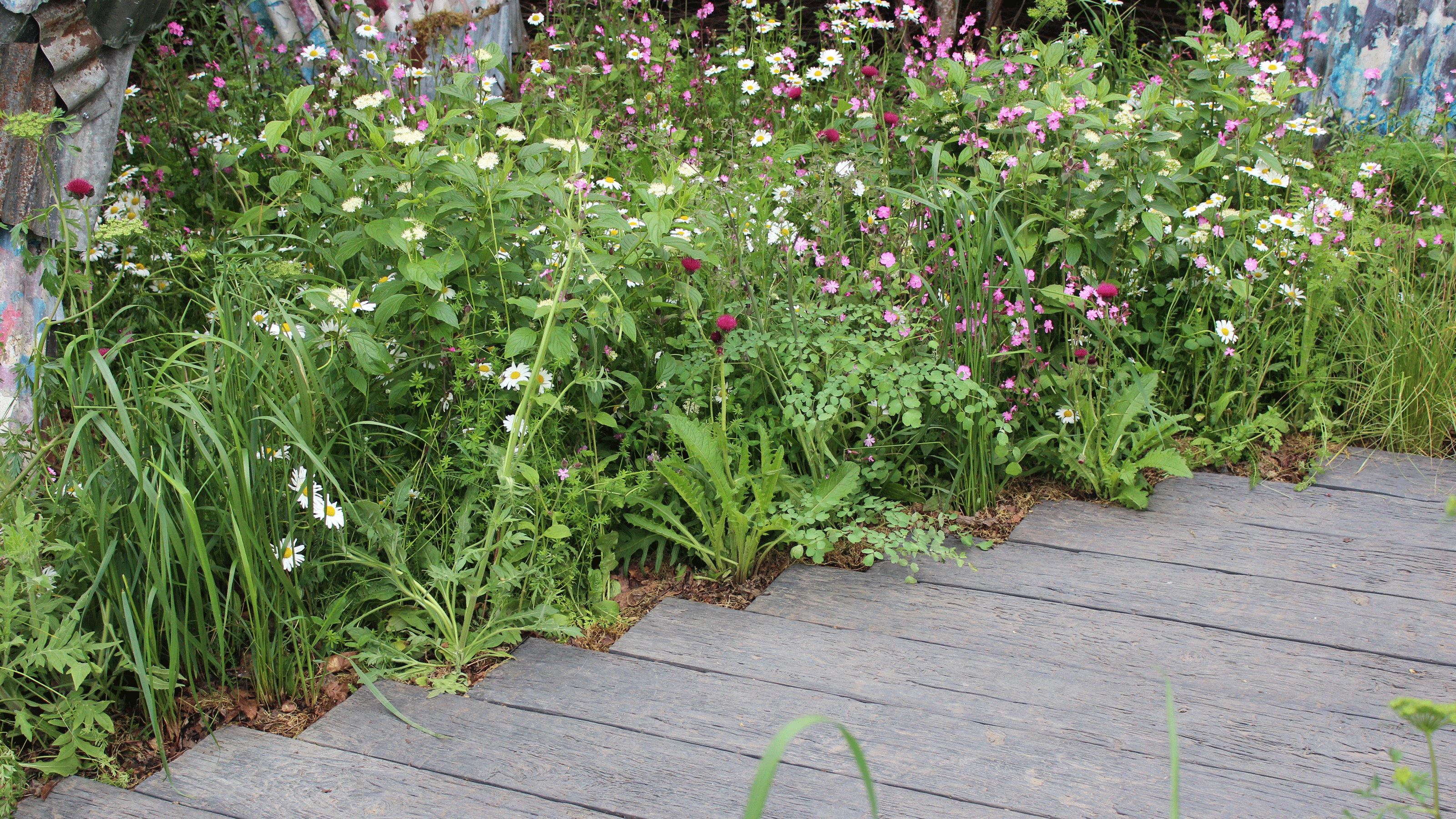

Weeds are having a renaissance (for lack of a better word). In the last few years, weeds have become a much more acceptable part of our garden. They have even graced gardens at the prestigious RHS Chelsea Flower Show, enjoying a rebranding as plants that are simply growing in the wrong place.
The definition of a weed is a wild plant growing where it is not wanted and in competition with cultivated plants. Traditionally gardeners have focused on the nuisance aspect of weeds competing with their beautiful garden ideas. However, the rewilding movement and grow-your-own gardening trend have opened our eyes to the weeds we should actually be leaving in our gardens.
'Leaving a wild part of the garden can also be really beneficial for wildlife and attract beneficial pollinators and increase biodiversity into your garden,' says August Bernstein, Head Tutor of the Raymond Blanc Gardening School and passionate gardener.
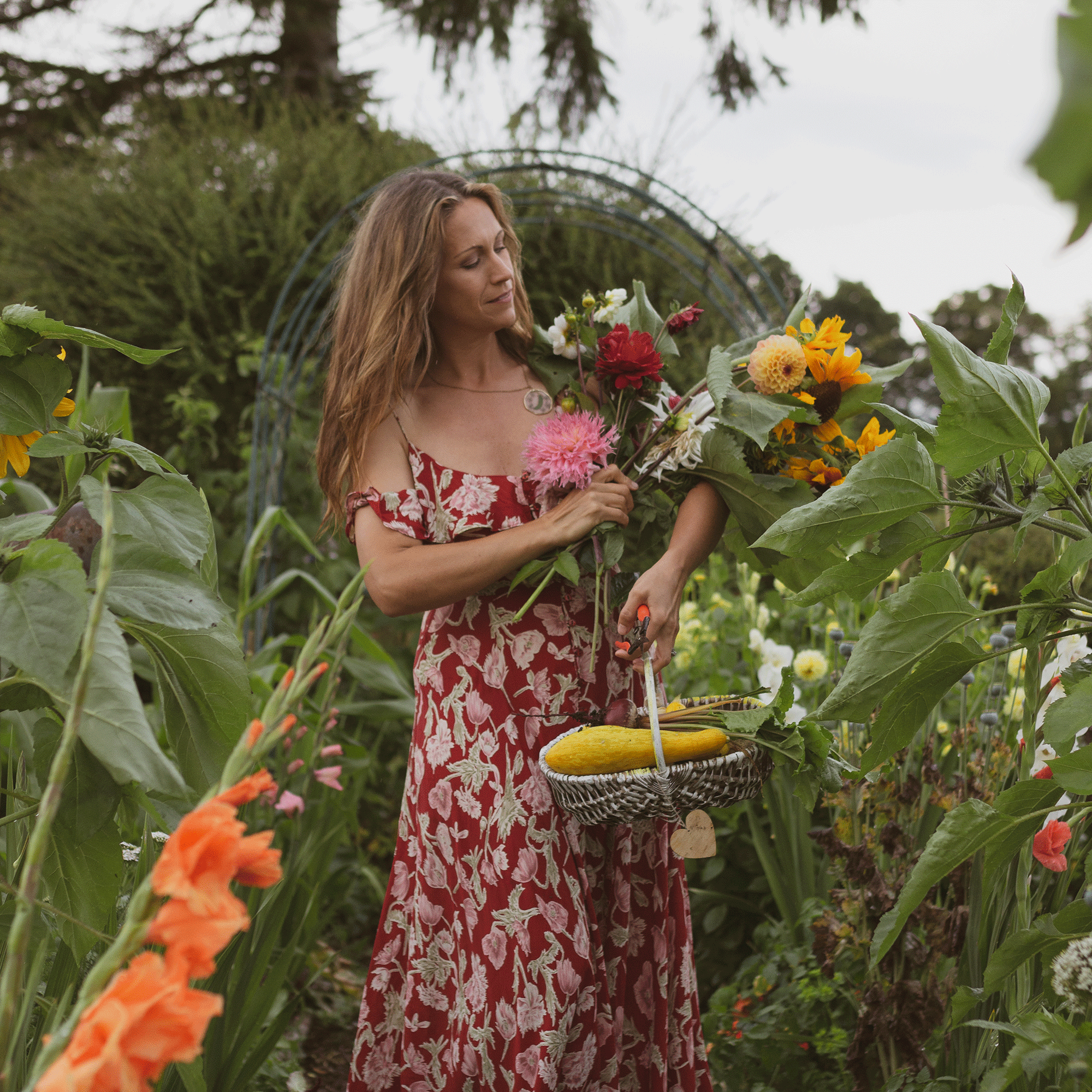
August is the Head tutor of the Raymond Blanc gardening school. She originally joined the gardening team at Raymond Blanc's Le Manoir aux Quat'Saisons as a kitchen gardener in 2019. She is working toward a degree in Environmental Studies and is also the founder of a small business called Seed Explorers.
The weeds to leave in a garden
Carving out a space to reap the benefits of weeds in your garden is a great idea to support pollinators, but there are even some you might want to cultivate in your vegetable patches to eat. With the help of August's expert knowledge we've rounded up the weeds you should consider leaving in your garden and why.
1. Nettles
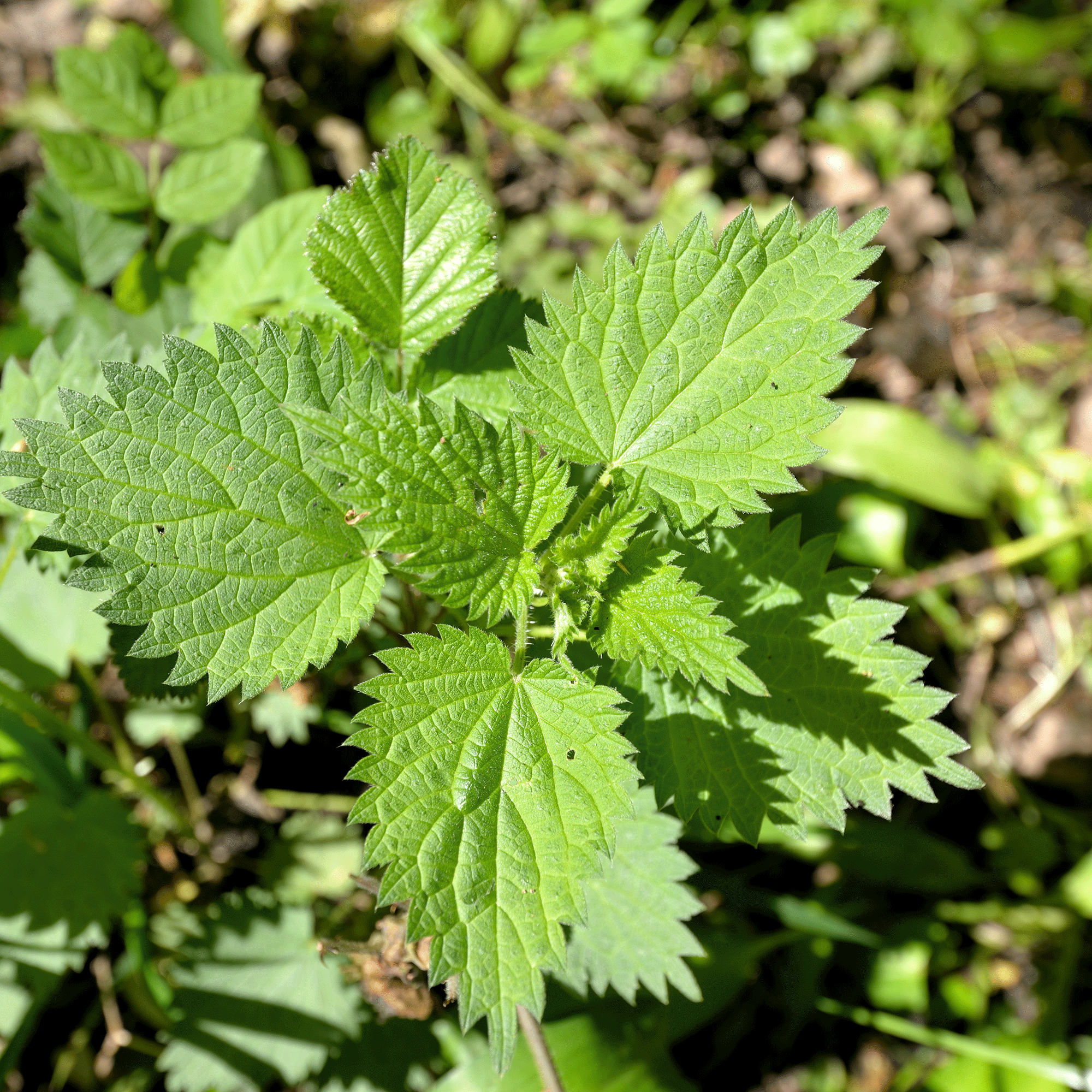
'So many weeds serve a greater purpose than you would imagine,' says August. 'Many weeds are edible such as Stinging nettles, I would go for the new fresh shoots and blanch or cook them like spinach.'
Another added benefit of nettles is that they are loved by butterflies. However, nettles can quickly take over a garden border or vegetable patch in a short space of time so it is important to keep nettles in check.
2. Chick weed
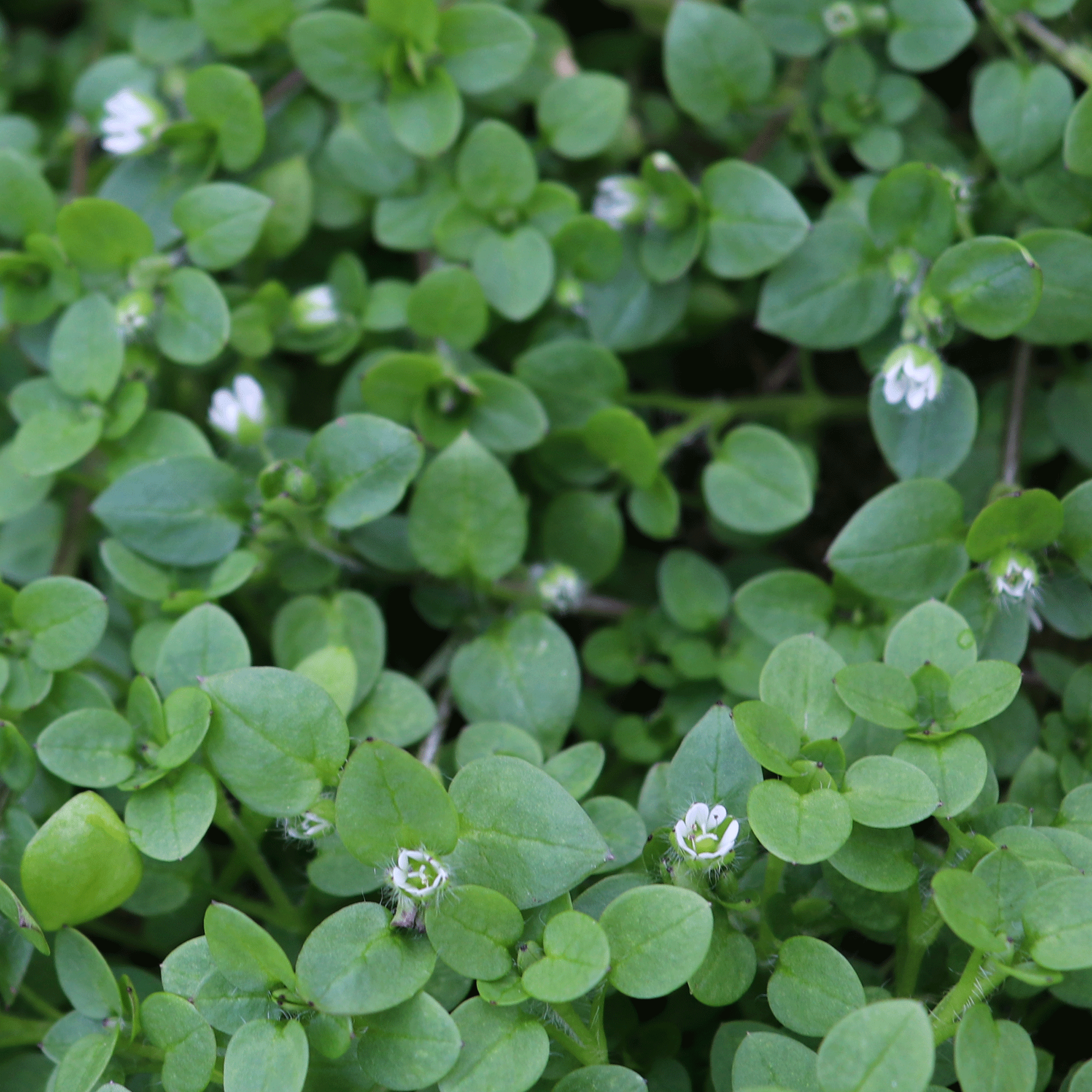
Chickweed is another common plant you should consider leaving in your garden. Not only is it good for insects but it also feeds small birds too.
Get the Ideal Home Newsletter
Sign up to our newsletter for style and decor inspiration, house makeovers, project advice and more.
At Raymond Blanc's Michelin restaurant Le Manoir aux Quat'Saisons, the chefs have even started cooking with it. 'Chickweed is also edible, at Le Manoir we have just started harvesting chickweed for our Michelin star chefs,' explains August.
'However, bear in mind if you let it go to seed you will have a chickweed infestation so remove it before it flowers.'
3. Dandelions
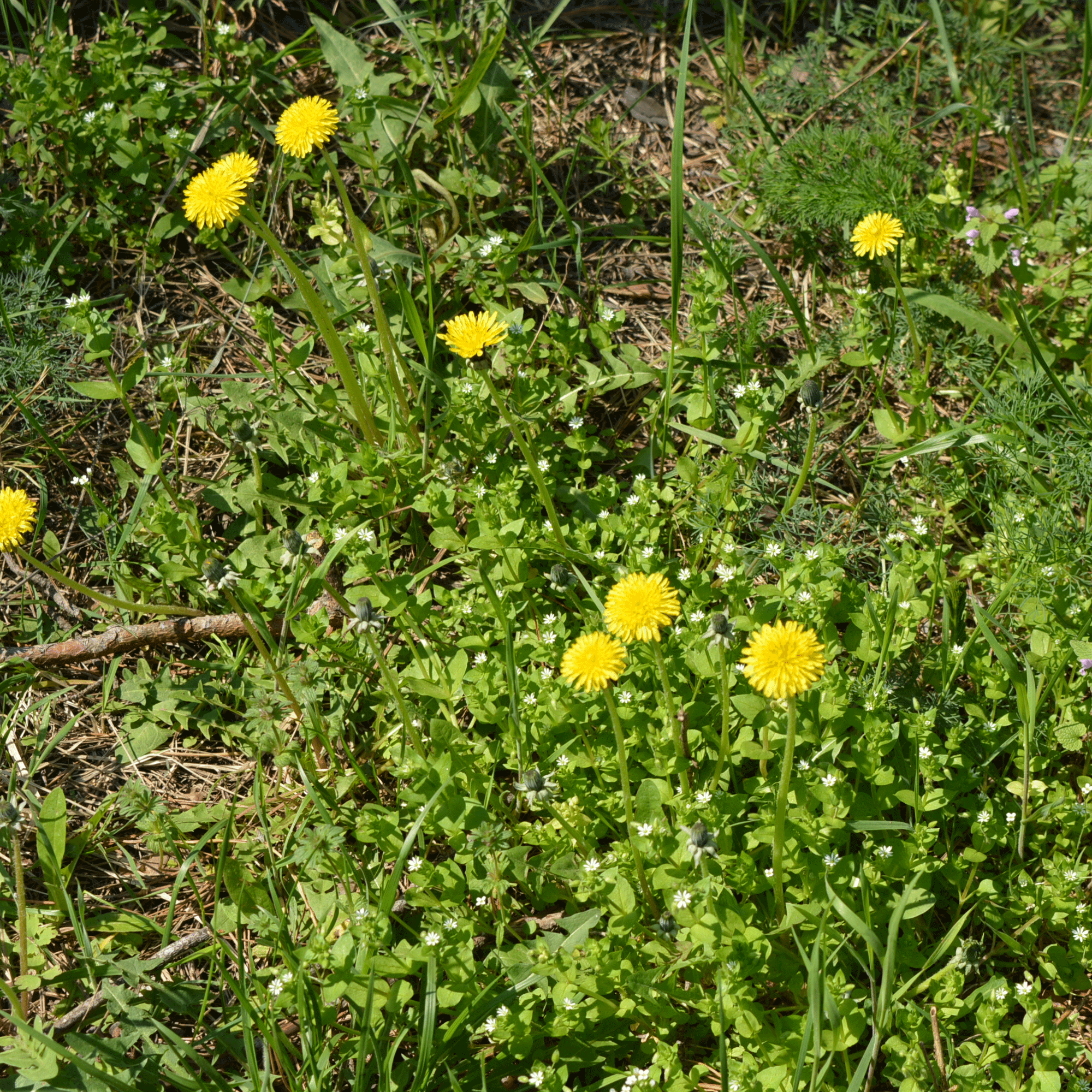
Whether they're creeping up through your paving stones or in your lawn getting rid of dandelions can be a nightmare. However, the good news is that they're actually a good weed to leave in the garden to benefit bees, and you can harvest the leaves for salads.
'Dandelions are also edible, The root can be ground as a coffee substitute, the flowers can be lightly battered and fried and the young leaves have a bitter twang and can be added to salads for a burst of flavour,' explains August.
4. Clover
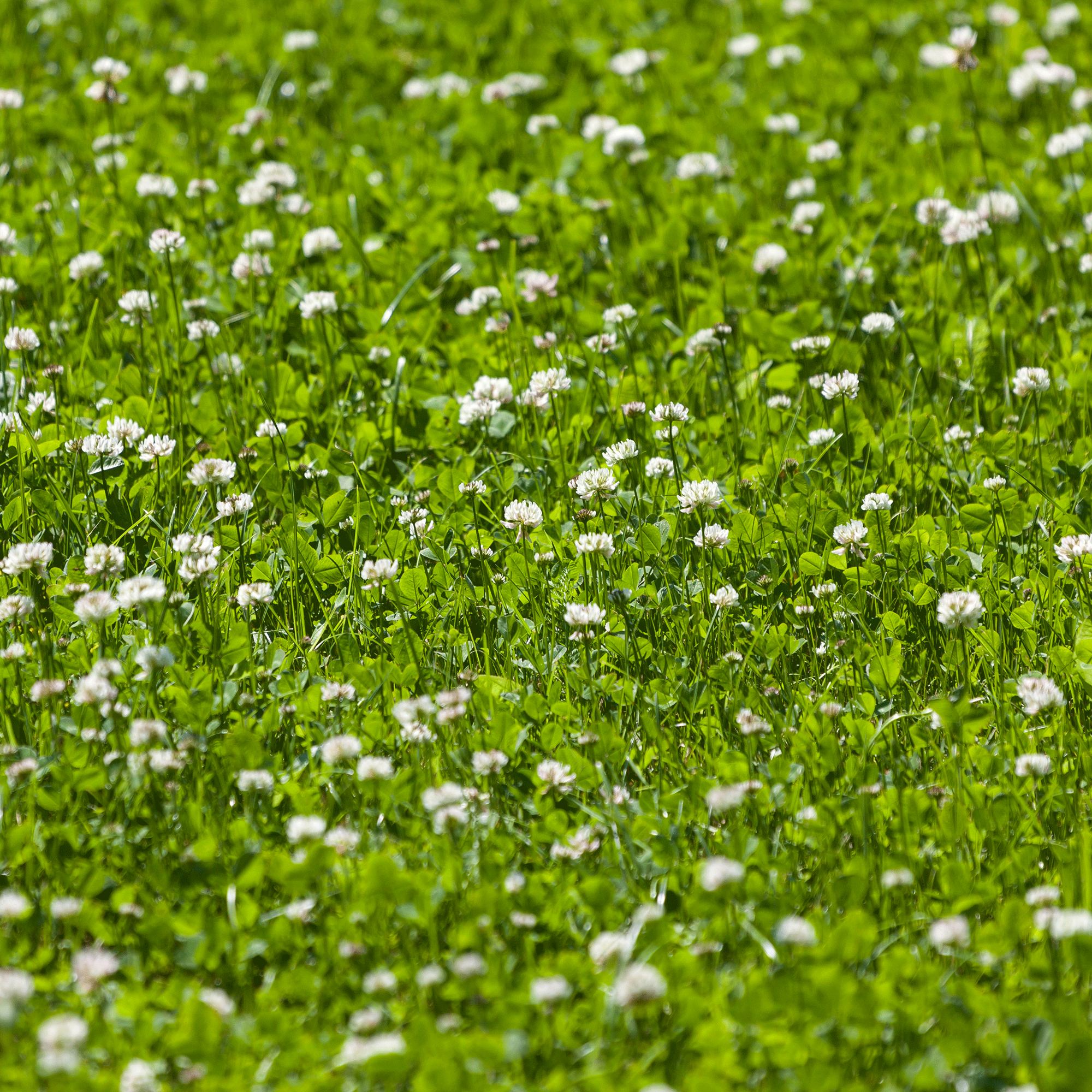
You can't eat clover, but we wanted to include it in this round up as traditional lawn ideas are becoming increasingly questioned as the best choice for a garden. Instead, tapestry lawns, which embrace a large variety of ground cover plants, are emerging as an alternative.
'When left, clover will eventually erupt in a profusion of purple or white blooms. High in nectar, these blooms will prove an invaluable source of food for bees and other pollinators. This will not only help these insects but will also increase the number of pollinators in your garden which can only be a good thing for your other blooms and crops,' says Holly Reaney, Ideal Home Gardening Expert.
Clover is drought-tolerant so when all your grass has withered and crisped it will still retain its green colour. A green garden even during a hosepipe ban? Sounds good to us.
What happens if you leave weeds in the garden?
This all depends on the weed you leave in your garden. In general the main thing that can happen when weeds are left in the garden is they will compete with other plants for nutrients and space. This is why it is important to keep a close eye on the weeds you do choose to leave in your garden.
However, there are some plants including japanese knotweed that should always be removed from a garden as it is a non-native invasive speices. It is also an offence to cause it to grow in the wild under the provisions made within Schedule 9 of the Wildlife and Countryside Act 1981.
What are other ways to use weeds in the garden if you pull them up?
Weeds are characterised by being fast-growing and often invasive, so if they do become a problem it's time to learn how to get rid of weeds in your garden. However, you can still put them to good use in your garden one option is the chop, move and drop technique that can be used for nettles.
'The Chop, Move and Drop technique is a useful method for gardeners who want to use wild plants as a way of adding fertility to a bed, such as young nettles,' explains Huw Richards, GARDENA’s brand ambassador and gardening expert.
'Simply, chop any plant materials, place them into a wheelbarrow, and sprinkle the clippings over your plant beds to enrich the soil and suppress the growth of new weeds.'
So the time has come to stop unfairly demonising weeds, and instead embrace them as a welcome addition to your garden. At least you can rely on a crop of nettles or wild garlic to deliver produce.

Rebecca Knight has been the Deputy Editor on the Ideal Home Website since 2022. She graduated with a Masters degree in magazine journalism from City, University of London in 2018, before starting her journalism career as a staff writer on women's weekly magazines. She fell into the world of homes and interiors after joining the Ideal Home website team in 2019 as a Digital Writer. In 2020 she moved into position of Homes News Editor working across Homes & Gardens, LivingEtc, Real Homes, Gardeningetc and Ideal Home covering everything from the latest viral cleaning hack to the next big interior trend.
-
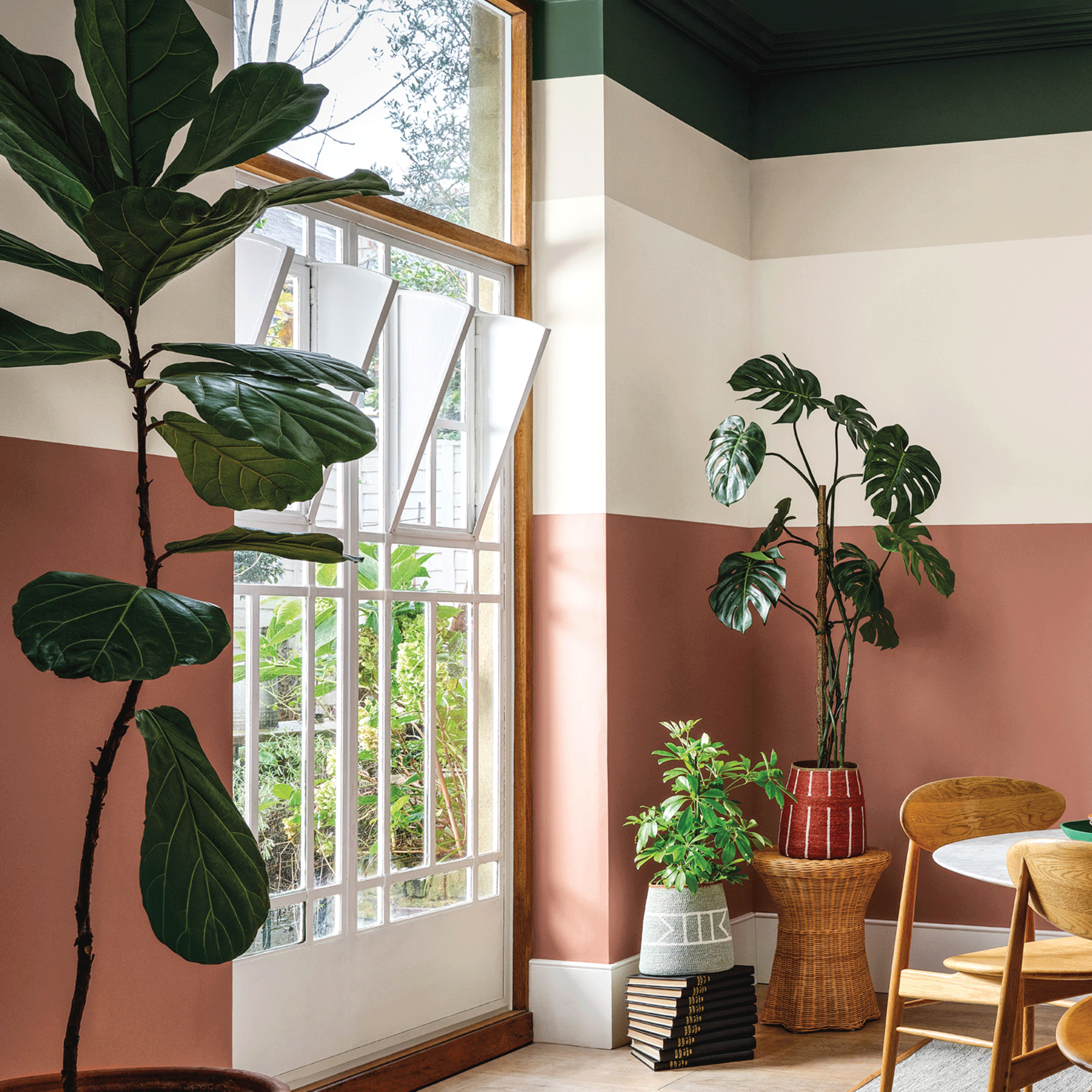 Crown Paint has launched new wall colours for the first time in three years, and changed how I think about neutral shades
Crown Paint has launched new wall colours for the first time in three years, and changed how I think about neutral shadesIs terracotta the ultimate neutral?
By Rebecca Knight
-
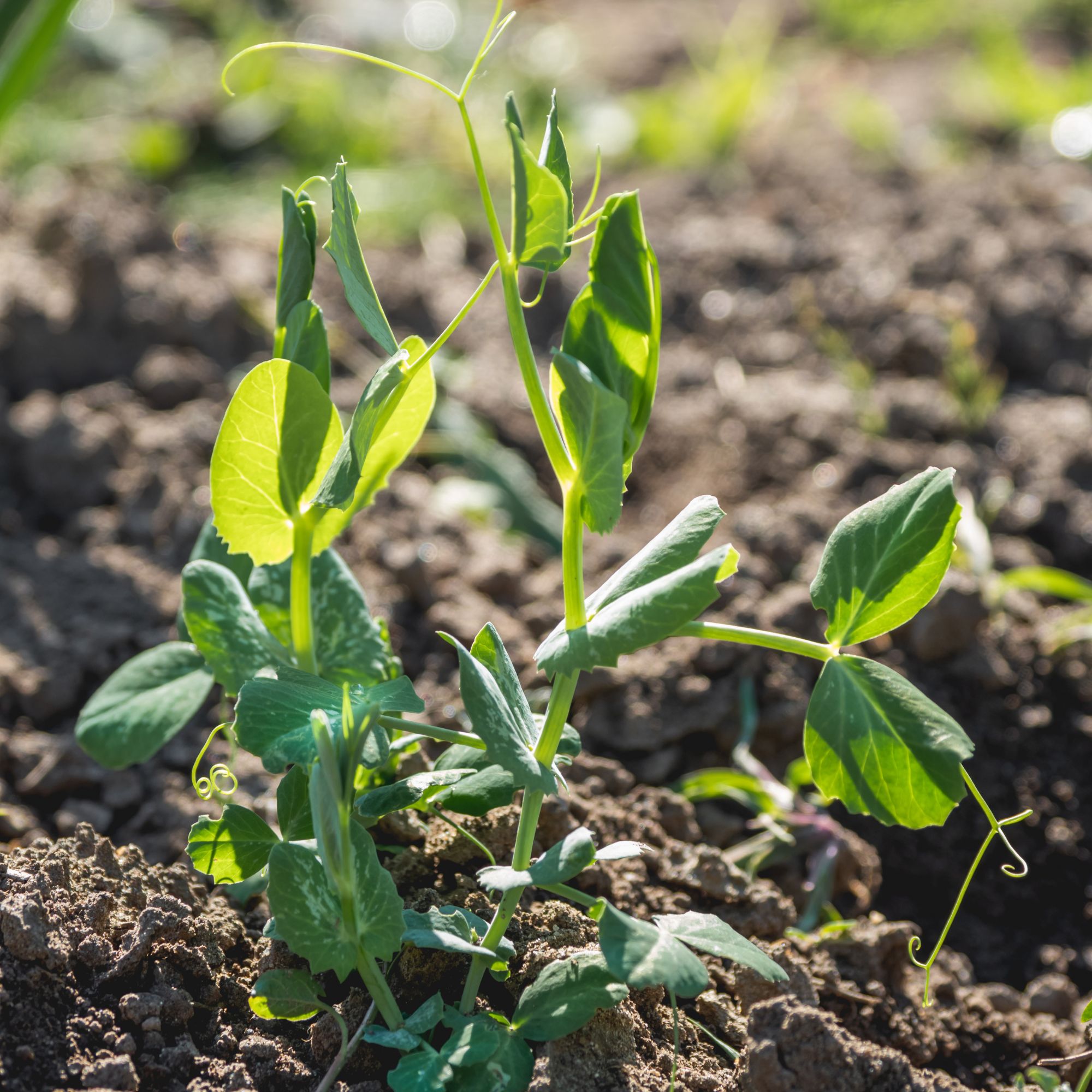 How to protect seedlings from birds – experts say there's a kind and clever way to stop them pecking
How to protect seedlings from birds – experts say there's a kind and clever way to stop them peckingYes, you can protect seedlings from birds without harming your feathered friends...
By Kayleigh Dray
-
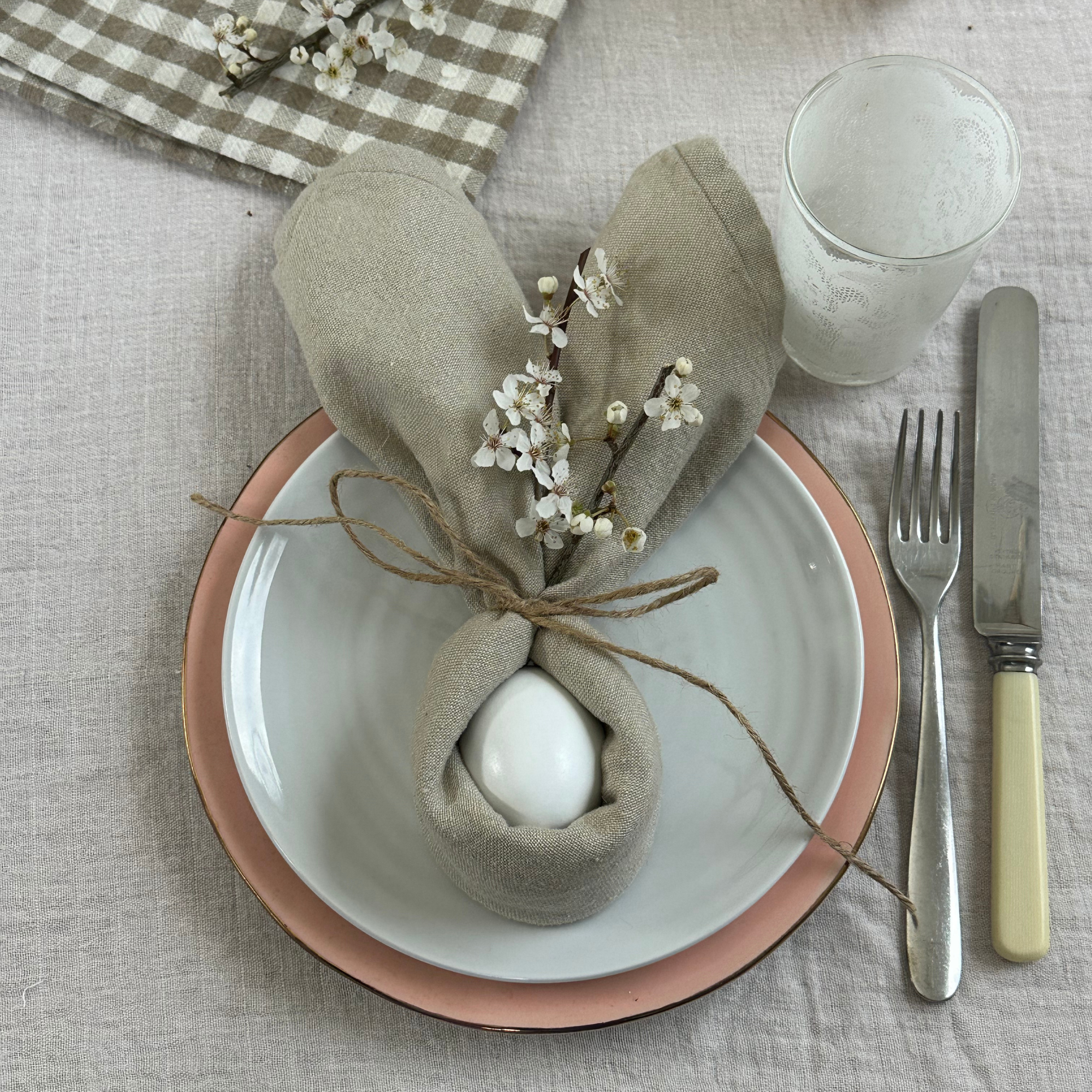 We tried the viral napkin bunny ears hack – it only takes five minutes and will take your Easter table to the next level
We tried the viral napkin bunny ears hack – it only takes five minutes and will take your Easter table to the next levelThis Easter craft is not only beautiful, but really easy to do
By Kezia Reynolds